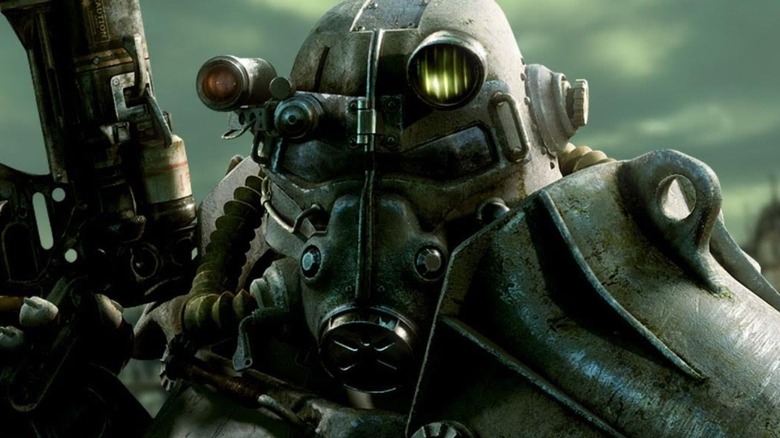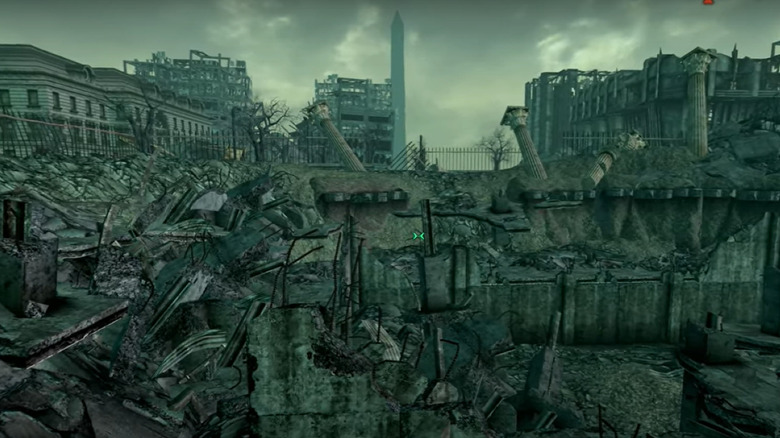Fallout 3: Why Bethesda Removed The White House From DC
The venerable and often bizarre "Fallout" series celebrated its 25th anniversary in 2022. The original game that launched a franchise spanning two and half decades, five main titles, and numerous spinoffs, was released back in 1997, and Bethesda is currently commemorating the occasion with a series of retrospective videos examining the history of the series. Everything from Fallout's origin story to the development of iconic features like the V.A.T.S system is covered in interviews with various individuals who worked on games over the years.
Among the retrospectives is a look back at the title that relaunched the series for a new generation and transitioned it to the now familiar first-person perspective, "Fallout 3." Consistently ranked among the best of the series and even among the best games of all time, "Fallout 3" revitalized the franchise and moved it from the West Coast to Washington D.C.
In this retrospective, Game Director Todd Howard and other developers spoke about their experience bringing the game to life and, specifically, what it meant to set the game in the capital of the United States. From the Jefferson Memorial and the Washington Monument to the Museum of History and the Capitol Building, numerous D.C. tourist destinations made it into the game. One that was notably absent, however, was the White House itself. The home of the president may be one of the most recognizable buildings in the capital, but it only ever appeared in "Fallout 3" as a large crater. This, as it turns out, was not by design.
Fallout 3's White House got blown when time ran out
In interviews, Howard and the rest of the team expressed their excitement at setting the game in Washington D.C., and reminisced about the fun that was had in going to various locations and landmarks that would be recreated as ruins. A great deal of time and effort was invested in this task, and "Fallout 3" managed to bring plenty of those landmarks into the post-apocalyptic future.
This undertaking was not without its challenges, however. Associate Producer Angela Browder shared a humorous story about the game's art director being questioned by security at a location because his observation of the site appeared suspicious. Howard echoed these statements and emphasized the challenge of gathering information from sites that are so highly protected. Yet another obstacle that the team faced was the limits of time and resources.
Lead Artist Istvan Pely explained that Bethesda had always intended to include the White House in the game but, as development moved along, time simply ran out. Without an opportunity to recreate it, the team placed a crater at the site and established that it had been completely destroyed in the war that preceded the games. Pely noted that it actually made sense that the White House would be destroyed in a nuclear war, so it worked out in the end. Still, this fun bit of trivia serves as a reminder that a creative developer can turn a limitation into lore.


